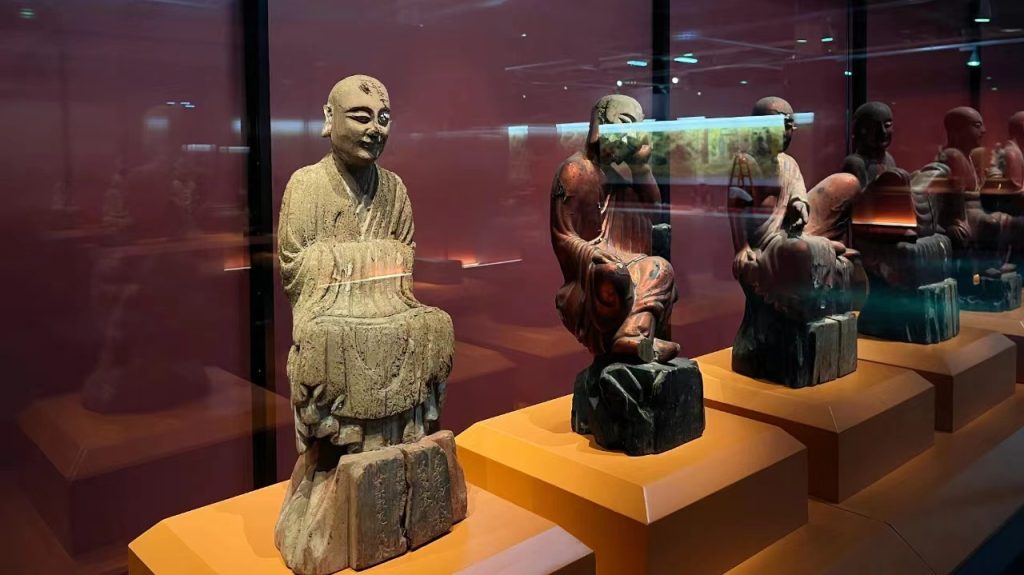Guangzhou’s Buddhist temple features prominent cultural relics for first time, cements cultural bonds between Guangdong-Hong Kong-Macao

Amid the first Guangdong-Hong Kong-Macao Greater Bay Area Chan Buddhism Culture Festival, the exhibition themed “Passing Down Dharma: Nanhua Buddhist Temple in The Past 1500 years,” kicked off at the Nanhua Temple, with a total of 53 pieces of treasured cultural relics showcased for the first time.
This exhibition aims to further strengthen exchanges with the Buddhist community in Guangdong, Hong Kong, Macao and the Belt and Road partner countries to contribute to the construction of the Guangdong-Hong Kong-Macao Greater Bay Area, and to enrich the connotation of the humanistic Bay Area, according to the media report.
The Northern Qi Dynasty (550-557) bronze statue of the Buddha as the earliest of the numerous artifacts in the collection of Nanhua Temple is also featured at the exhibition.
Another attraction is the wooden figure of a Buddhist monk, dated Northern Song Dynasty (960-1127). The carving style is thick and simple, and it is an outstanding representative of the existing Northern Song Dynasty wooden carving statues of five hundred Buddhist monks.
Nanhua Temple in Shaoguan, South China’s Guangdong Province, is the birthplace of southern Zen advocated by Mater Huineng (AD638-713), who is highly respected as the Sixth Patriarch of Zen Buddhism.
Built in AD502, the temple preserves many of the national treasures, including the “Da Zang Sutra,” decree and cassock.
One of the most precious relics in the temple is the mummified body of Master Huineng. He sits cross-legged with his eyes closed in the center of the Six Patriarch Hall, and stands about 80 centimeters tall. The mummy is painted reddish brown and sits on a sheet of linen cloth.